|
I have to admit, I have been out on a lot of adventures, especially lately, but this is definitely one of the most epic and long awaited. Wakrapukara is an Incan fortress perched up on a stone pillar, standing in the middle of a deep canyon near the village of Huayque in Acomayo province in Cusco. And it take a long time to hike, or in our case horseback ride up to it. WARNING, this is for expert riders, it's a very tuff trail. nearly all on the edge of the abyss. Well, for expert riders, and for my dad! Im so glad I got to share this adventure for the first time with my dad (this was his first ride at 77 years old with a 1 year old new hip, yes he's a hardcore adventurer), and two of my best friends Edward who is from Huayque and Wilbert who is my companion from many a horseback adventure. We drove from Cusco to Pomacanchi lake and slept in a great community owned lodge. In the morning we drove 40 minutes up to the village of Huayque to meet Edward and the horses. The drive was already spectacular. The first part of the climb was a rocky trail but the horses did great. There were both Peruvian Paso horses and criollo (mixed mountain horses) and all of them were amzing and used to the extreme trail and luckily our saddles were stable and comfortable. I admit I am a very experienced rider and have been on a lot of unofficial trails, as are Edward and Wilbert. This trail was wide and obviously an ancestral road and had been transited by horses for generations, but I still felt like a bit of a jerk for taking my novice dad all the way up there. Especially after I realised were were going to be riding for 6 or 7 hours! I kept looking back and asking if he was ok. He was hanging onto his saddle horn tightly and looking concentrated but he always answered "I'm fine"! The entire ride was breathtaking. There were views above, below and all around us. Arriving to the actual site was so enigmatic, I had seen photos, but the journey was so epic and extreme that I really felt the remoteness of this "fortress" which I'm sure was actually a very sacred ritual site. The ancient constructions were impecable and symbolic, on such a rugged piece of landscape and the canyons all around were so very deep. I dont know what to say except that, go there, any way you can. The site isn't physically large but this is one of the places that despite the extreme route to get there, it so worth is because there you really feel the power of the ancient spirituality. It's not just the actualy construstion, it's the entire location that is astounding. And most likely you'll arrive and nobody else will be there. We all experienced a deep connection with our horsesand with the land. This is truly a journey to the edge, literally and emotionally. We had hot sun, extreme wind, rain, hail and we even ran into a group of wild horses and some mountain goats. We saw condors and passed below monumental overhanging rocks that made me forget which was was up or down. This is a journey of trust and letting go, on all levels. Luckily the next morning dad said "I'm amazed, I'm not sore!"
We have a two day and two night horseback expedition coming up on December 15-17th (for actual experts) and later in the new year we will program more trips. Check out our website Frontierlab.org and get in touch if you'd like to make this journey with us.
2 Comments
I just came back from a totally fascinating two day trip to the jungle, just 3 hours from the Sacred Valley! I traveled up the valley toward Machu Picchu and Quillabamba but stopped off in Huyro, where tons of black tea, the best rated coffee in the world and lots of cacao and fruit comes from! I had no idea I could go from the high mountain to the total jungle so quickly! Passing Ollantaytambo the road got very curvy and we climbed up very high, up to the Abra Malaga, a high pass at 4300meters of altitude. After the pass though we immediately dropped into the clouds and then it quickly started to get warm and humid. The difference of vegetation from the high Andes was astounding. Within 2.5 hours we were in Huyro district and I called our contact Americo to come bring up to the Eco Albergue Colibri biological station. When we arrived he took us on a tour of the large property, explaining jungle agriculture and their different ecological projects and showing us all kinds of different fruit and insects like big spiders and the exoskeleton of cicadas. We enjoyed a delicious home cooked lunch and then went for a drive in a 4X4 to visit tea and coffee plantations. I was surprised and impressed at the way they farm the tea, totally organically and in a bio diverse style, all kinds of plants and crops and trees all mixed together in the plantation. After visiting the plantation we went to the original Huyro community tea processing plant, where the tea is dried, roasted, ground and sorted. For me this was the most interesting part of our journey as I learned so much about the handling, politics and comercialization of tea. The machines are from England from the 1920s and the plant had once processed 2000 tons of tea per week. The area had been very prosperous, as you can see from some of the old plantation homes, but now everything was in ruins. Even this important plant had closed down due to mis-management by community and politicians around 20 year ago and had just reopened 6 months ago. This plant is apparently the only one in the region with such fine machinery. The machines are made of copper and softly massage the tea, rather than cutting it, producing whole leaf fragrant product. Unfortunately I noticed that the community has no idea about branding and produces their final product with a very common looking brand, not telling about the better process and that the tea is all organic. I hope to return and learn more about the history and processing of tea and possibly help orient them a bit in marketing. When we got back to the lodge Americo offered us a workshop on how to prepare cacao (chocolate) directly from the bean. We toasted the beans and use a hand-crank grinder to make it into a paste and then pressed it into a mold to make blocks. It was a lot hotter than we were used to so we slipped into the pool! IWe slept in the lodge under mosquito nets even though there weren’t many mosquitos at night. The next day we went to visit a part of the Inca trail and a 'tambo', an ancient resting place for ‘Chaski’ Incan messengers. I can hardly believe that I can just cross over a mountain and end up in this whole other world! Peru is awesome! If you are in the Cusco or Sacred Valley region and want to take a quick trip to the real jungle, we can organize your trip. Check out our options on our site Frontierlab.org
Visiting Q'eswachaka is one of my favourite things to do in the Cusco region. Every year the communities surrounding the bridge, which is located in the Canas province of Cusco, near the village of Quehue, gather to rebuild the bridge, entirely by hand, from twisted Q'ishwa grass. The suspension bridge is approximately 28 meters long and surprisingly stable, spanning the Apurmac river canyon. It's amazing to visit and cross the bridge at any time of year though. If you have a chance to attend the annual bridge building, a 4 day work event with a traditional dance and gastronomic festival at the end, you'll be one of very few visitors. This year we were there for the last two days of the building. I was shocked by the absolute intimacy of the whole event. We arrived to the remote area down a very winding road and found hundreds of community members, all in their traditional clothing, sitting in small groups twisting grass. I sat with them and they showed me how to make the little ropes. On the roadway on both sides of the canyon, high above the actual bridge, women make the small ropes. They use a technique of double twististing wet and pounded grass by sliding one hand over the other, somewhat like spinning raw wool into yarn. The locals consider women "bad luck" and during the bridge construction no women, not even a journalist, is allowed to go down to the lower part to the site of the bridge. During the 4 days of the construction 4 local 'curanderos' (traditional Andean shaman) remain on site to continuously perform a protection ritual to bless the bridge. This is one of the few events where you will see all of the men participating in their traditional clothing. In most of the region men have not conserved their traditional clothing in the same way as the women have. Here they are all dressed in black and white woven wool cloth, called "bayeta". The men climb up and collect the small ropes from the women. They twist them into 6 huge rope which are the main support for the bridge and use other small ropes to create sides for the bridge. The original Incan bridge pillars and tying spots are still intact and used. This journey is a 3 hour drive from Cusco or a 4 hour drive from The Sacred Valley. The last part of the road is a very winding road down the canyon, full of pothotes, so get ready to hold onto your hat. But it's well worth it to experience crossing this amazing creation and to admire ancient traditions and engineering that are still very much alive today. Check out our options for daytrips to the bridge on our site Frontierlab.
|
AuthorKyd Campbell is a Canadian born horsewoman, designer, and lifelong traveller. Based in Peru she lives with her herd of horses and can’t wait to guide you through new and beautiful environments and experiences. Archives
April 2019
Categories |

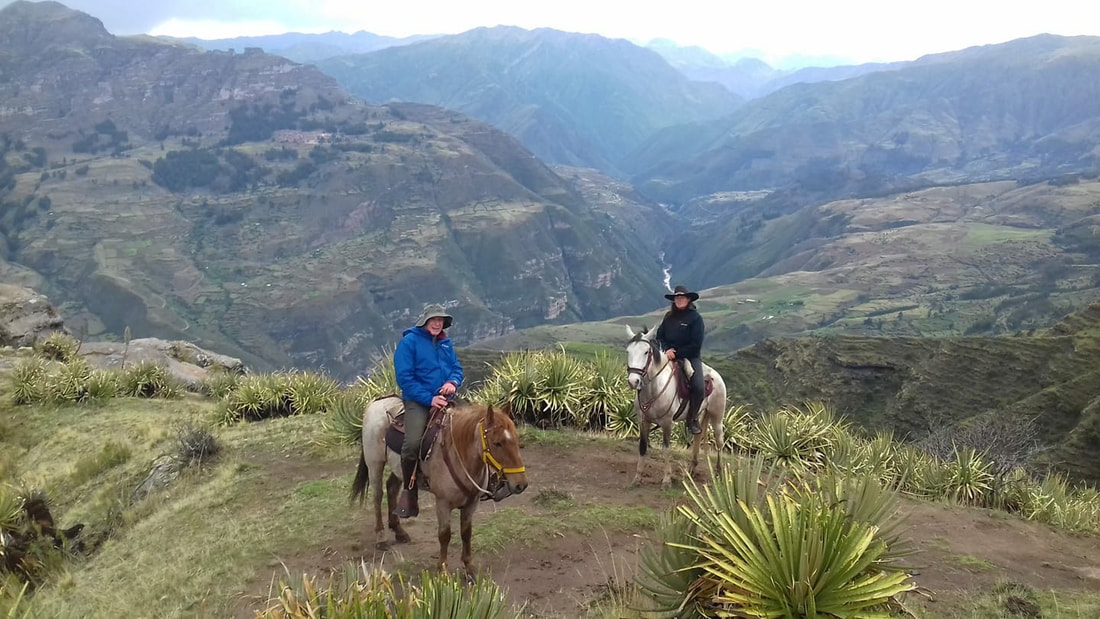
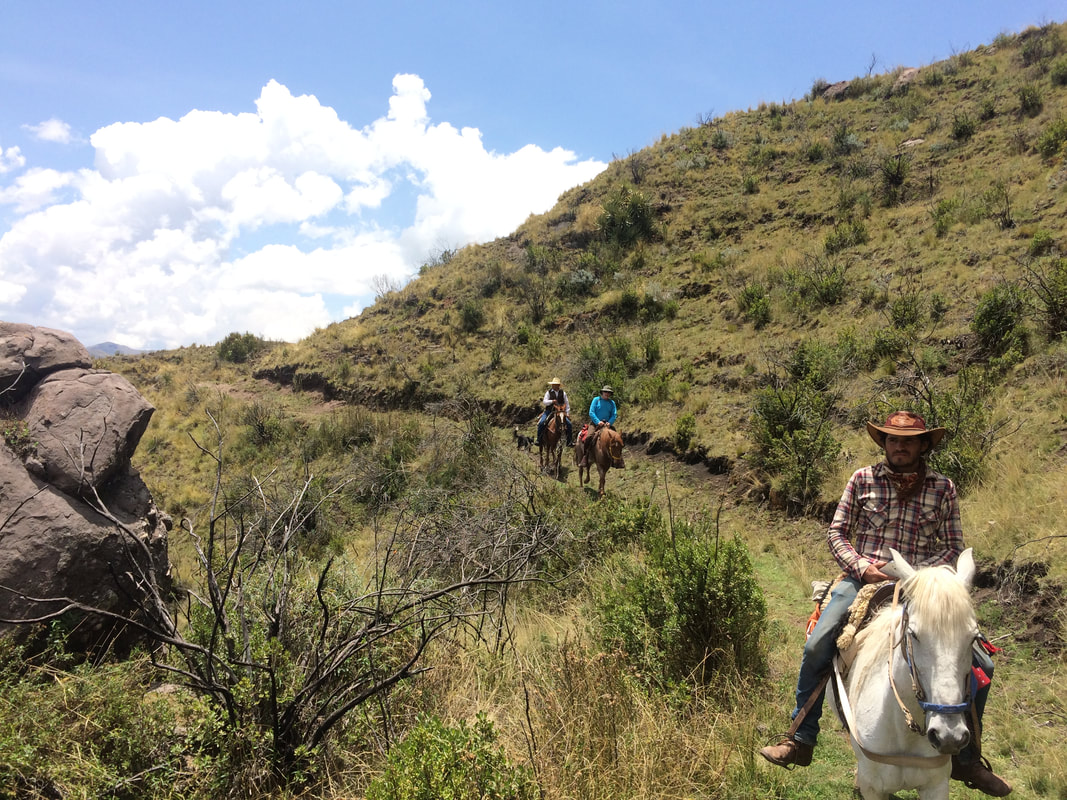
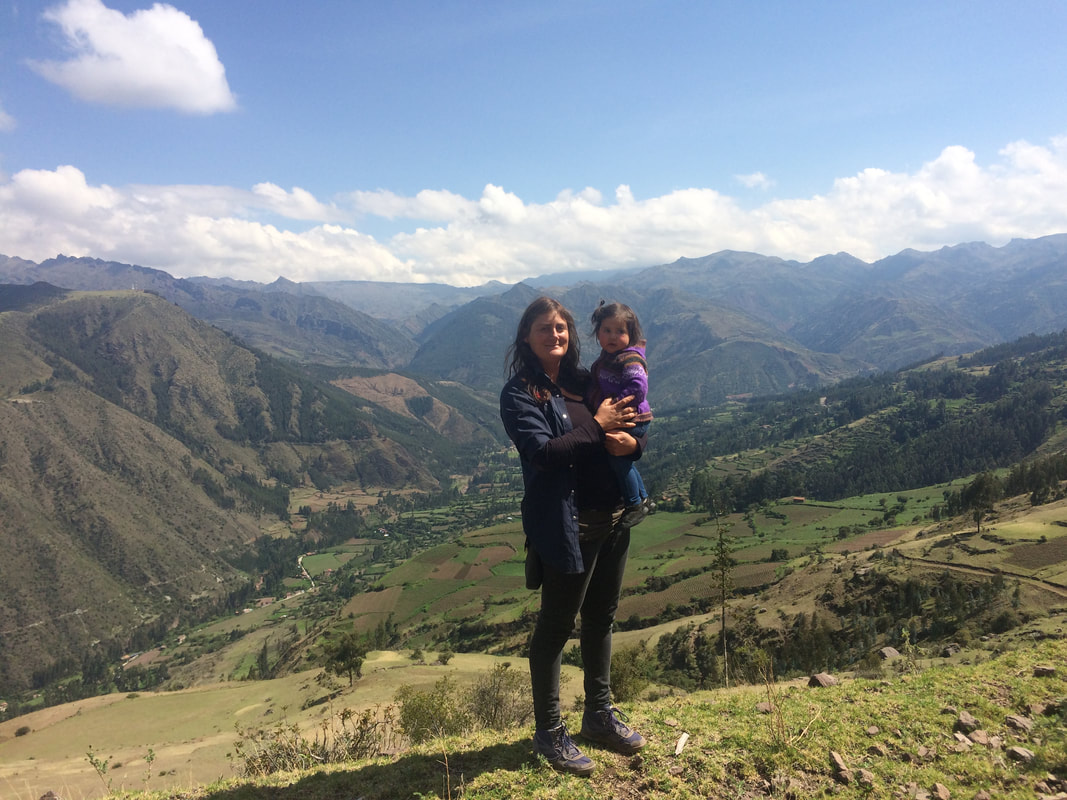
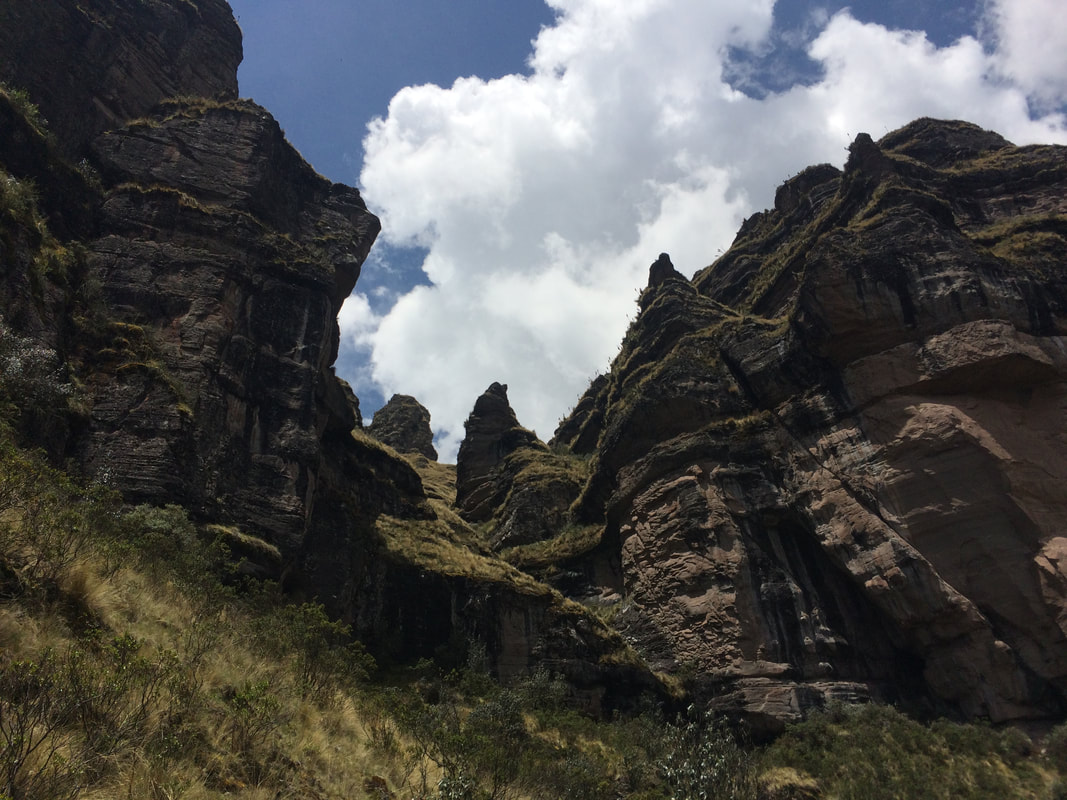
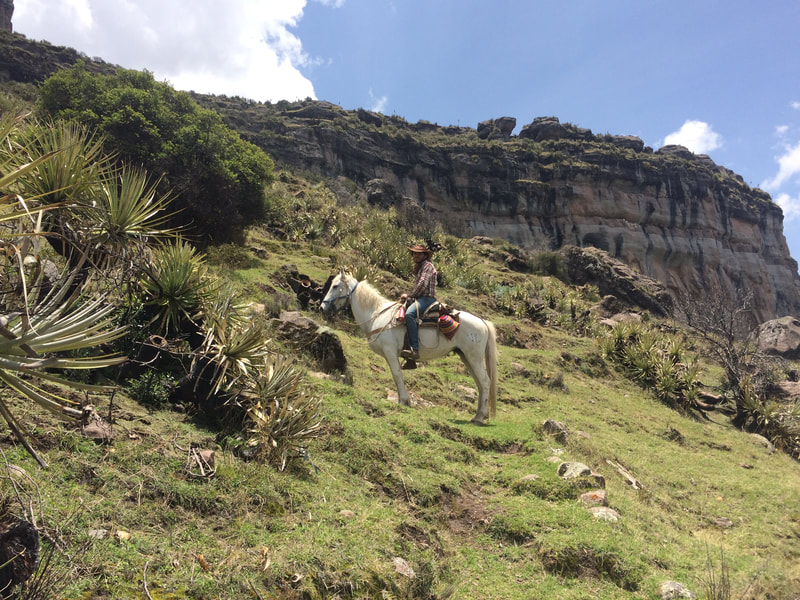
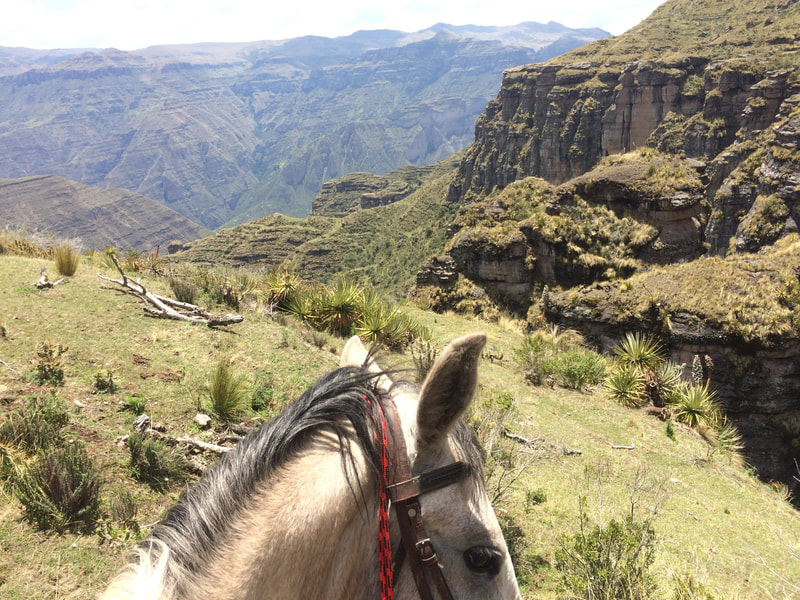
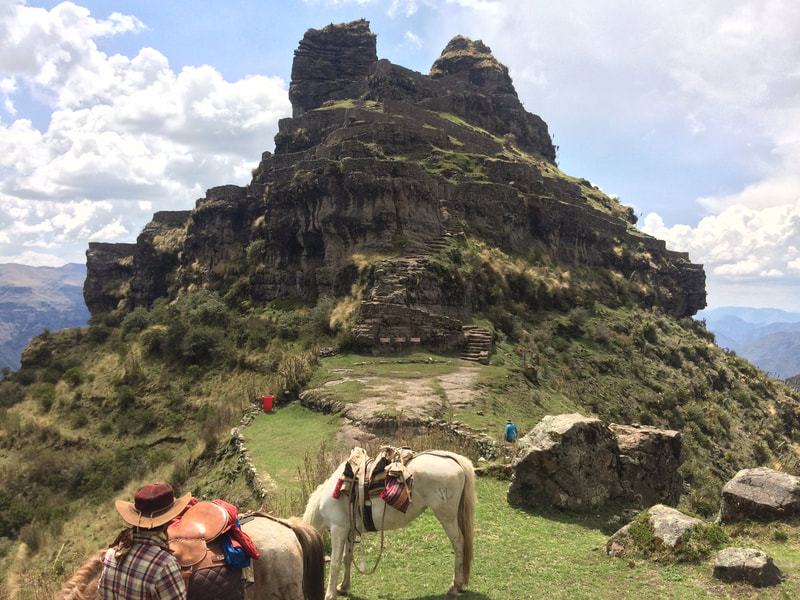
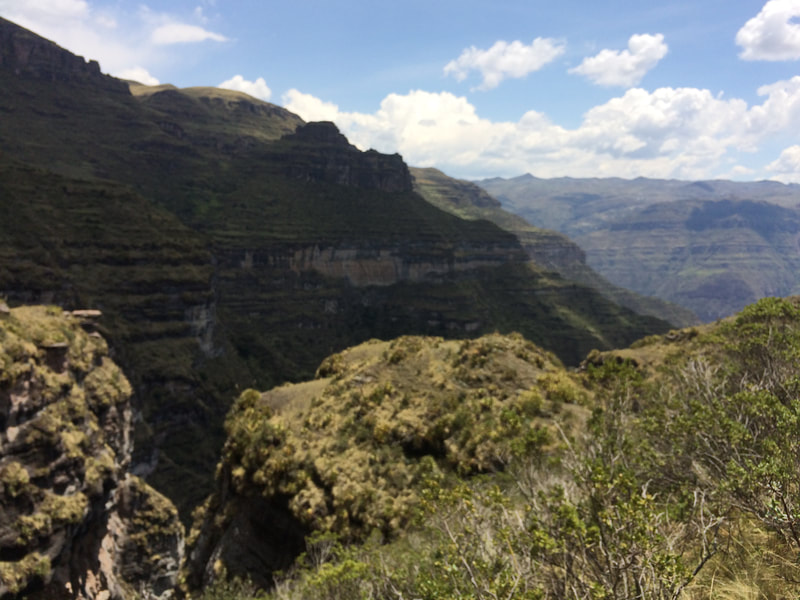
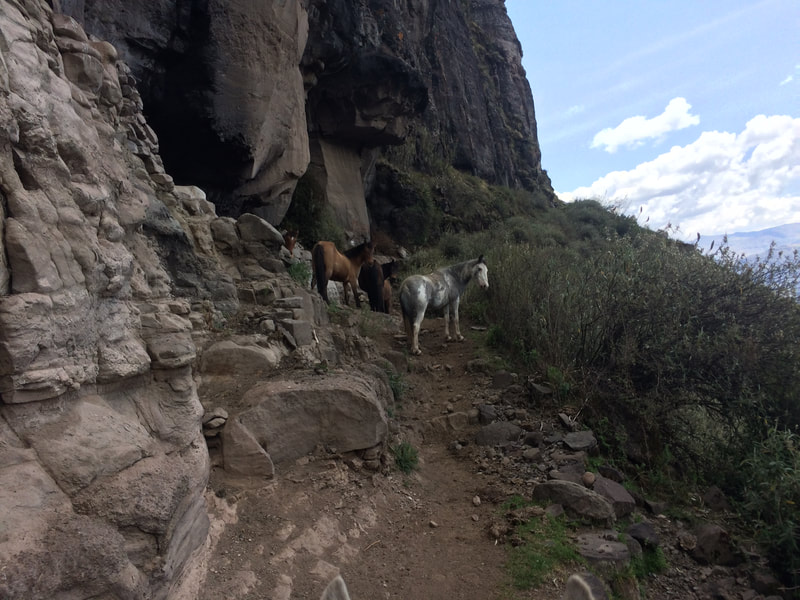
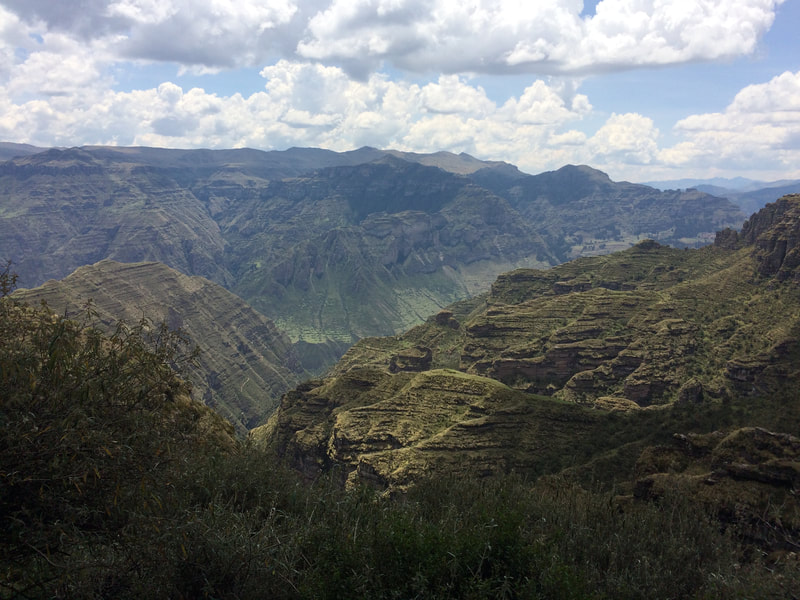
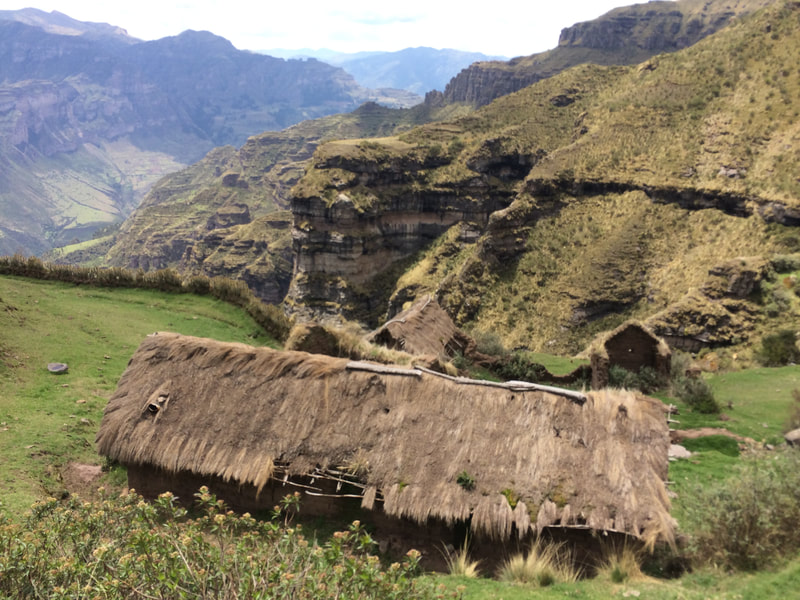
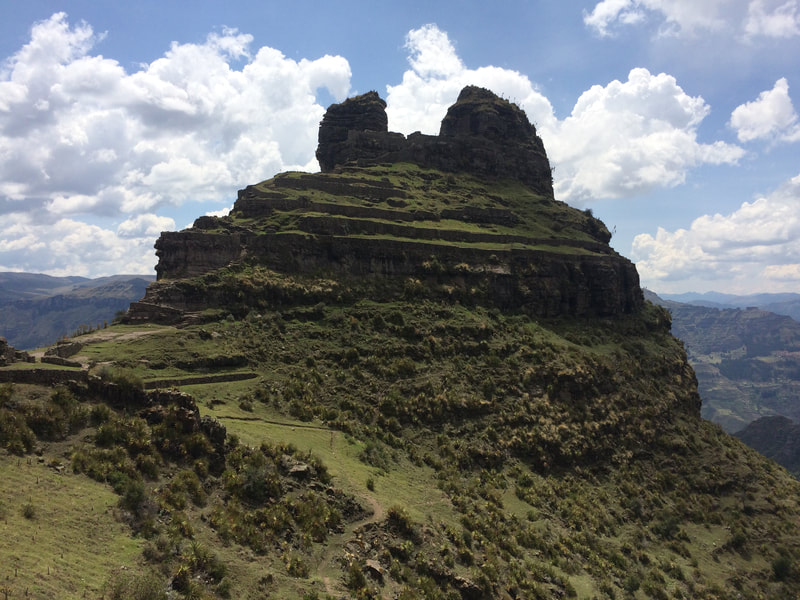

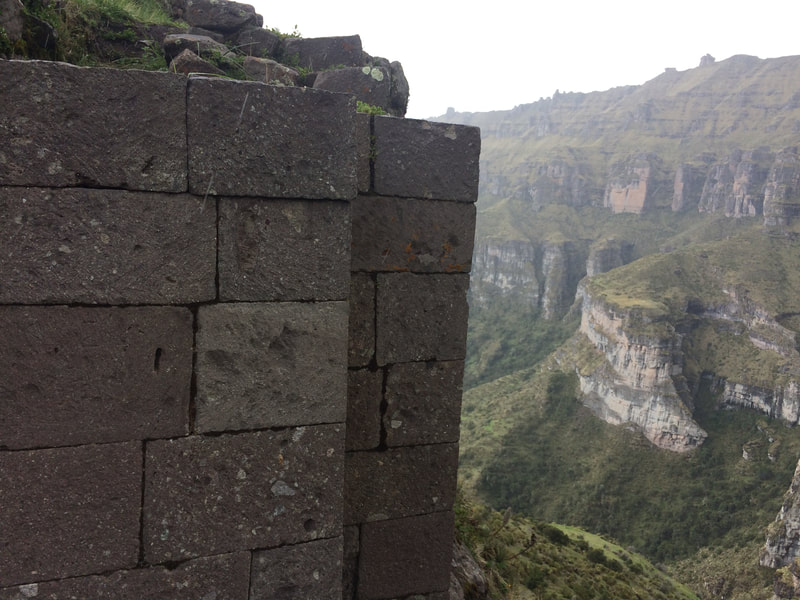
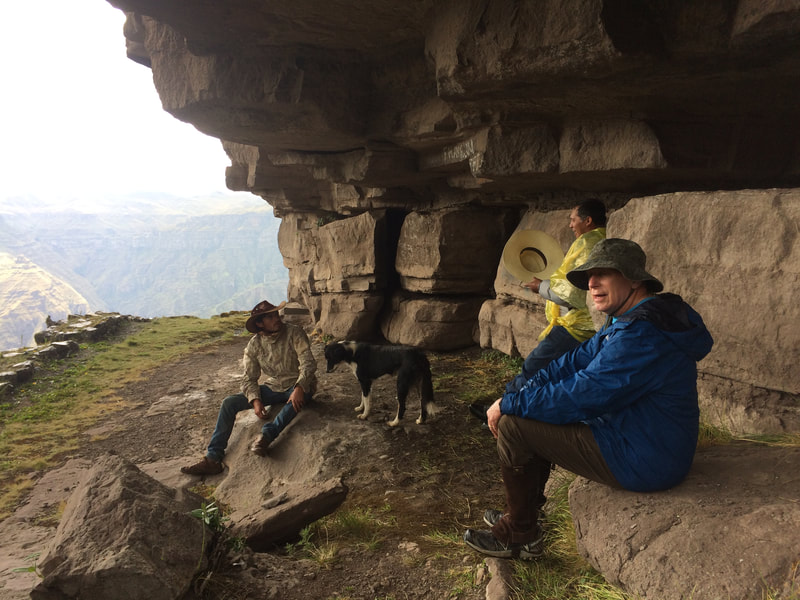

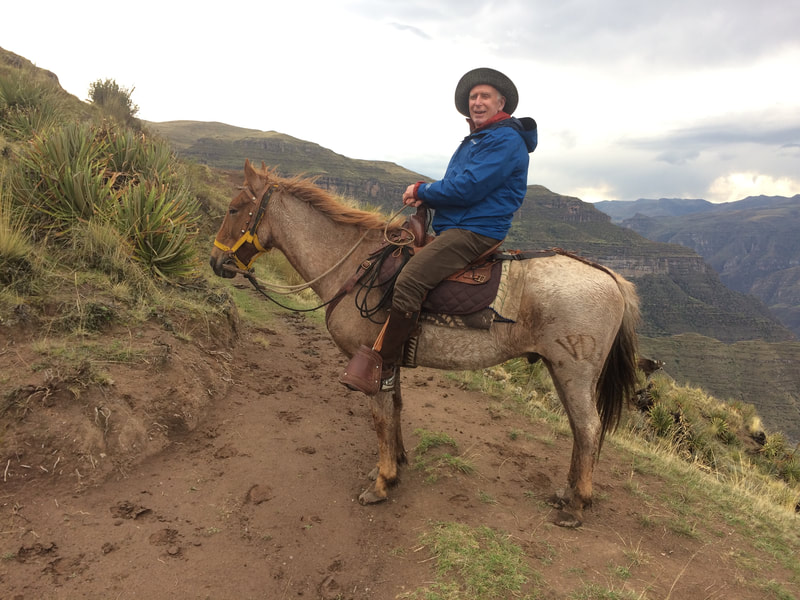
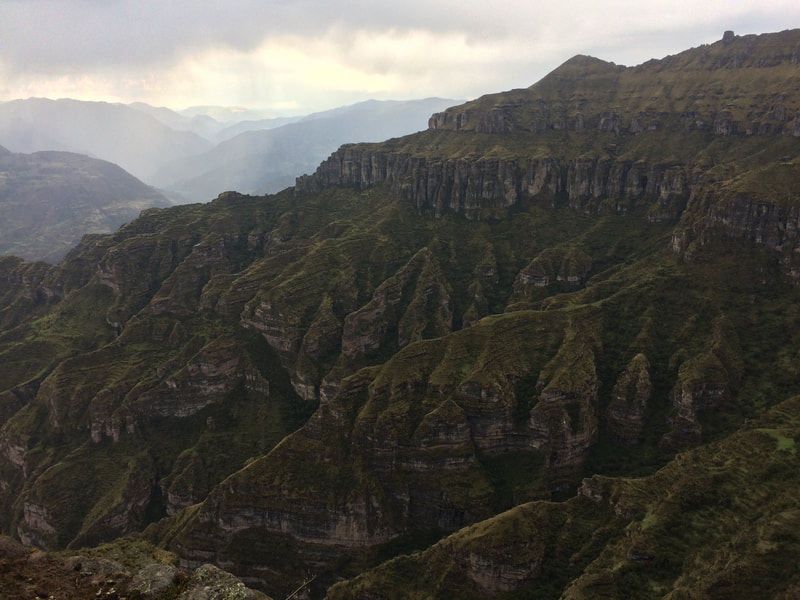
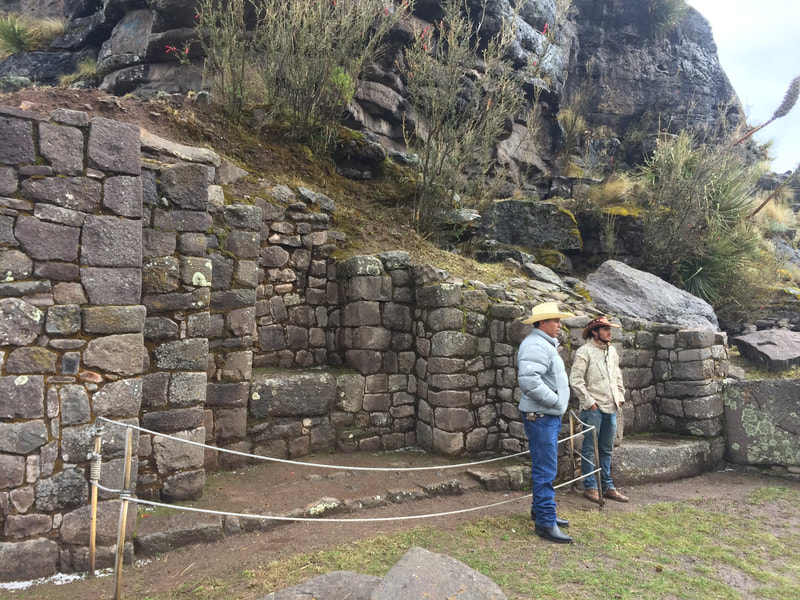
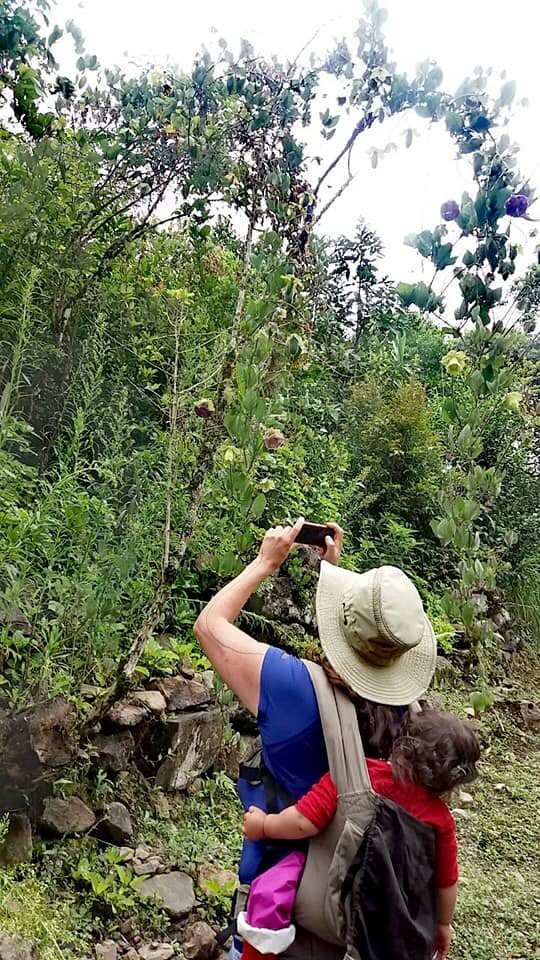
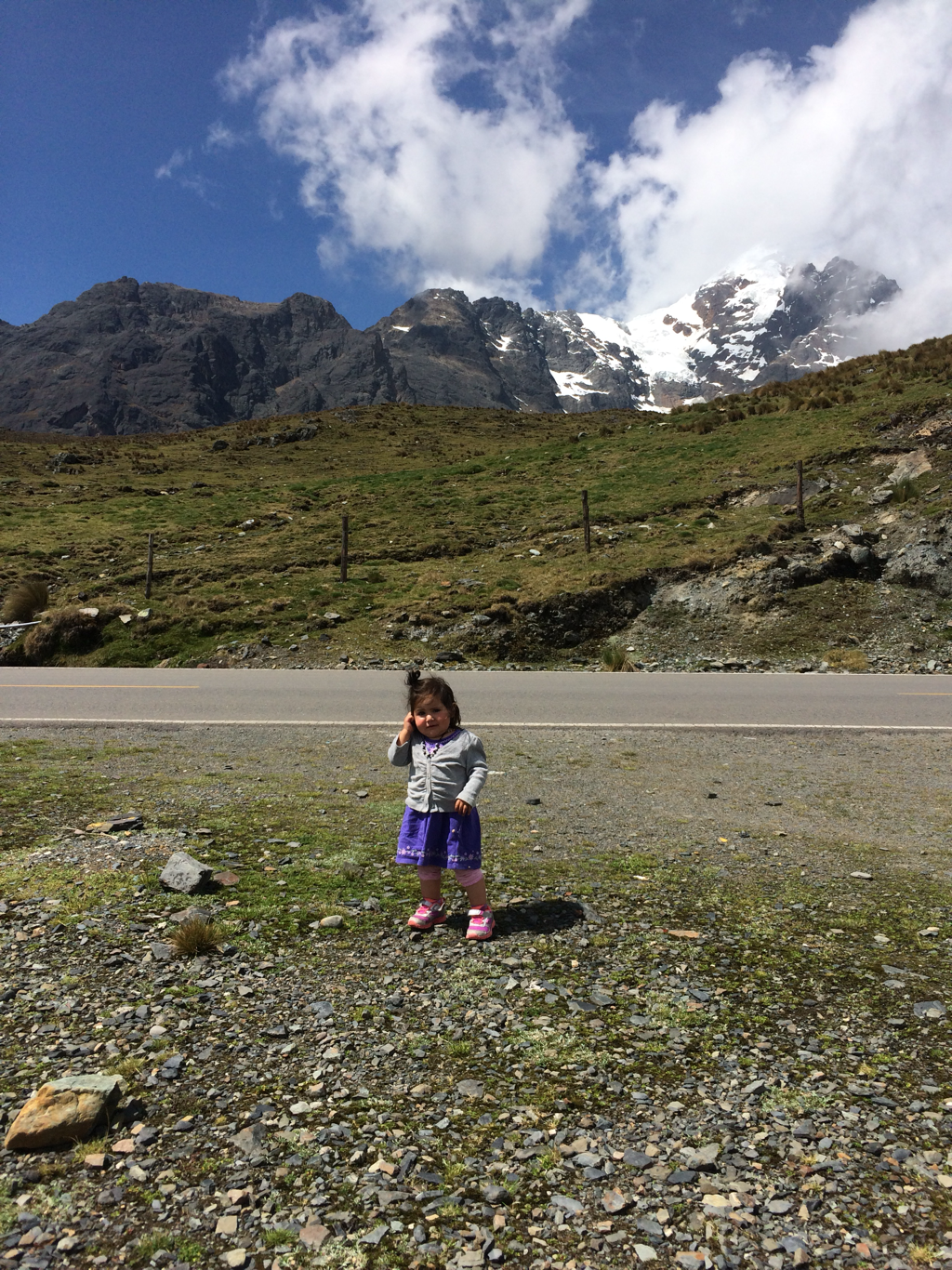
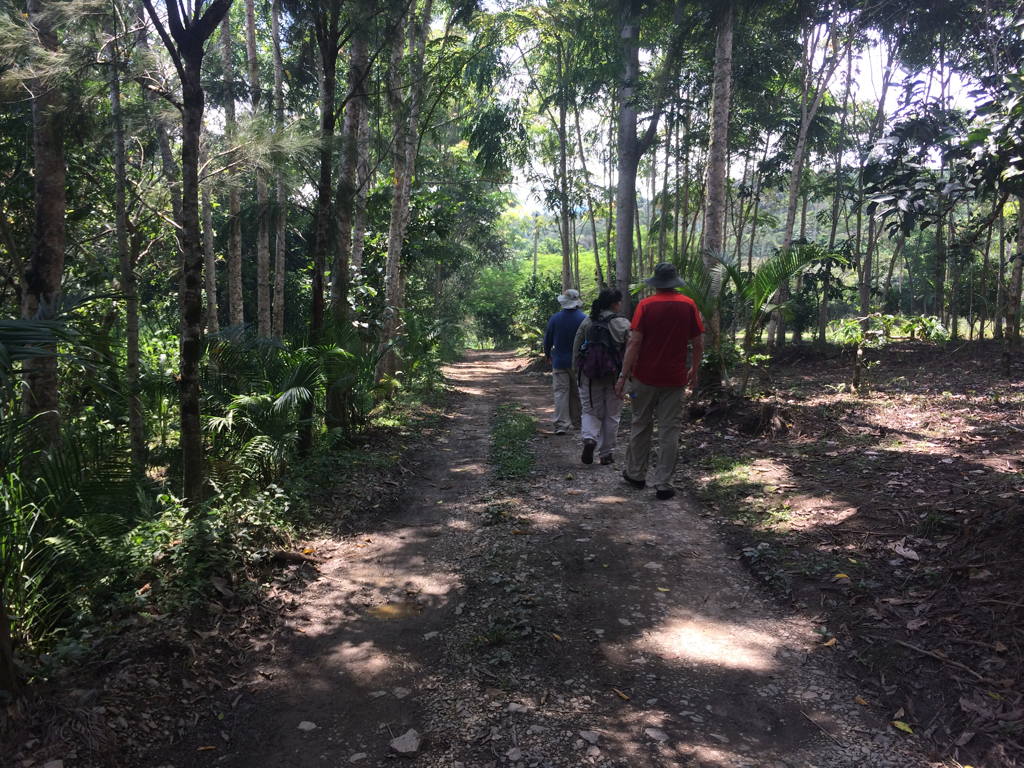
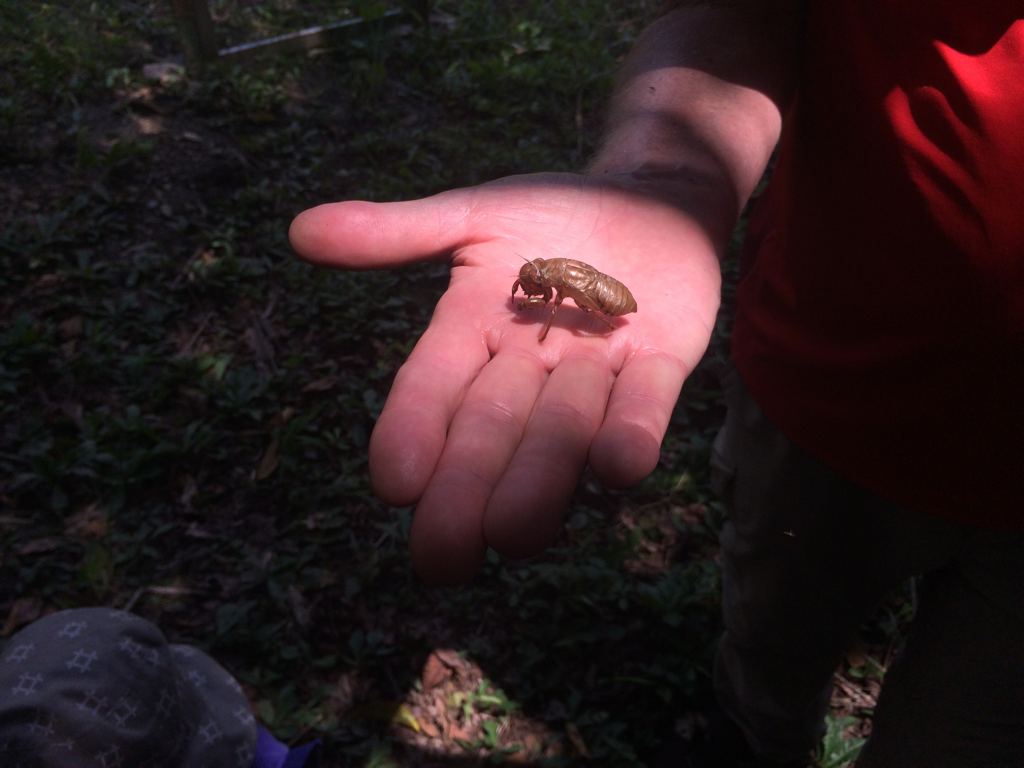
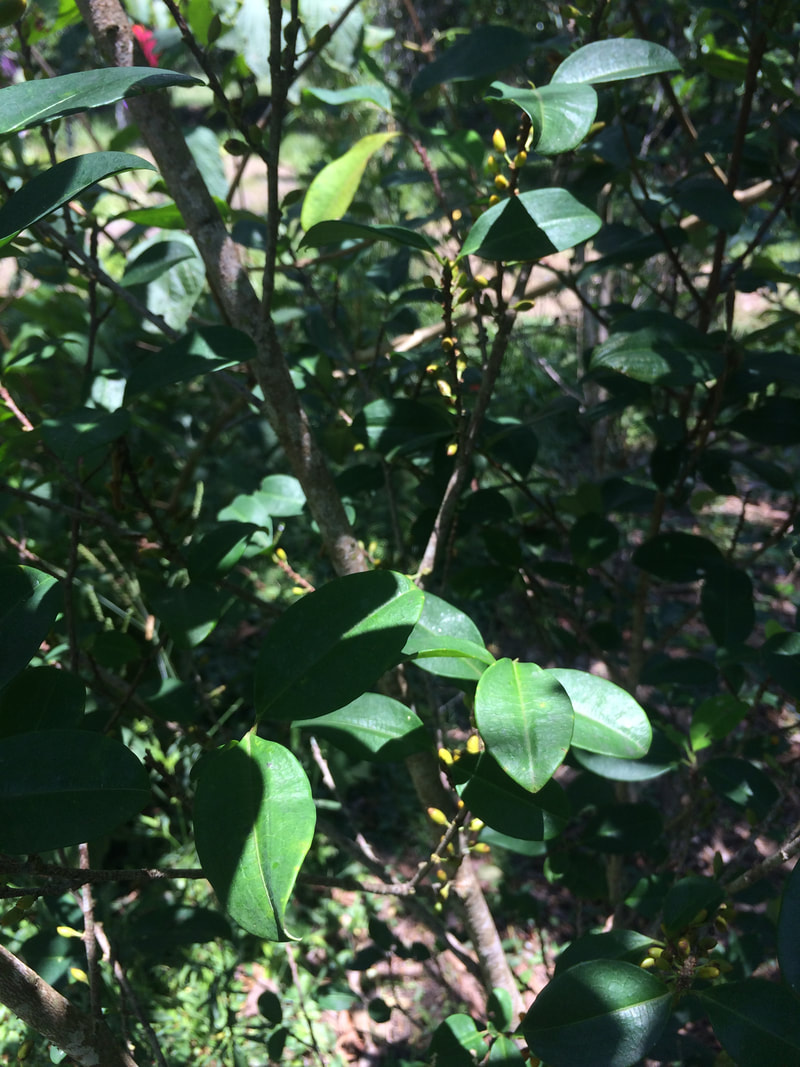












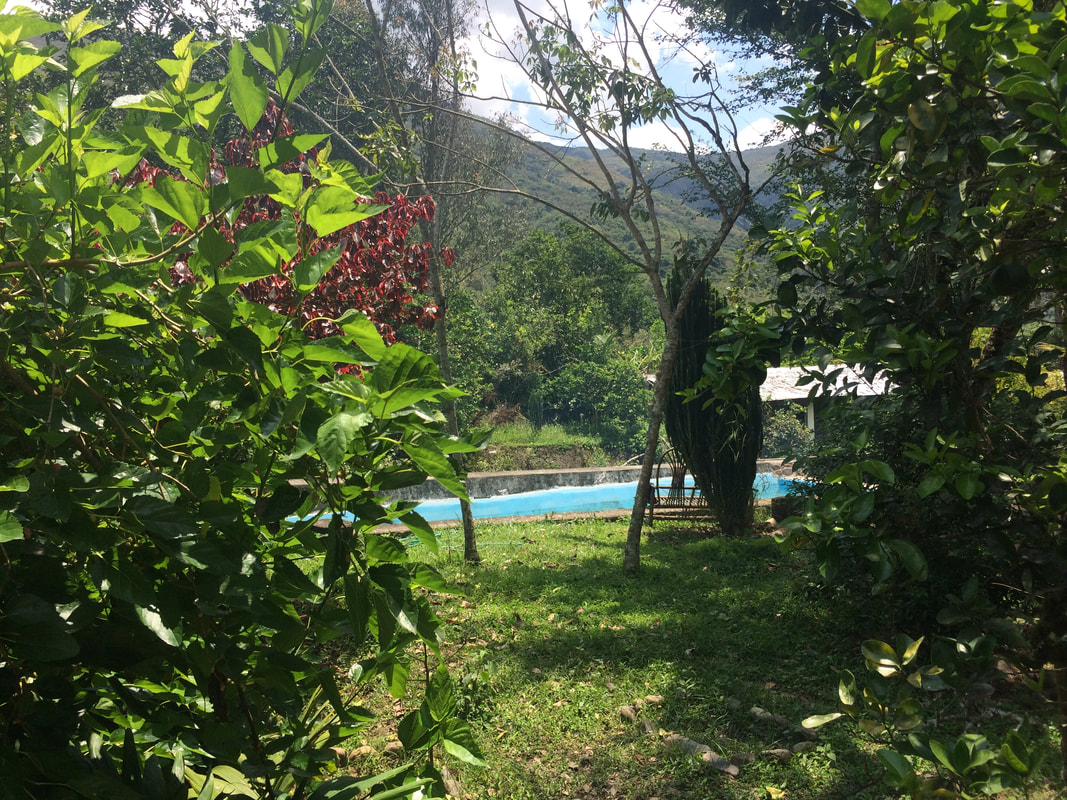
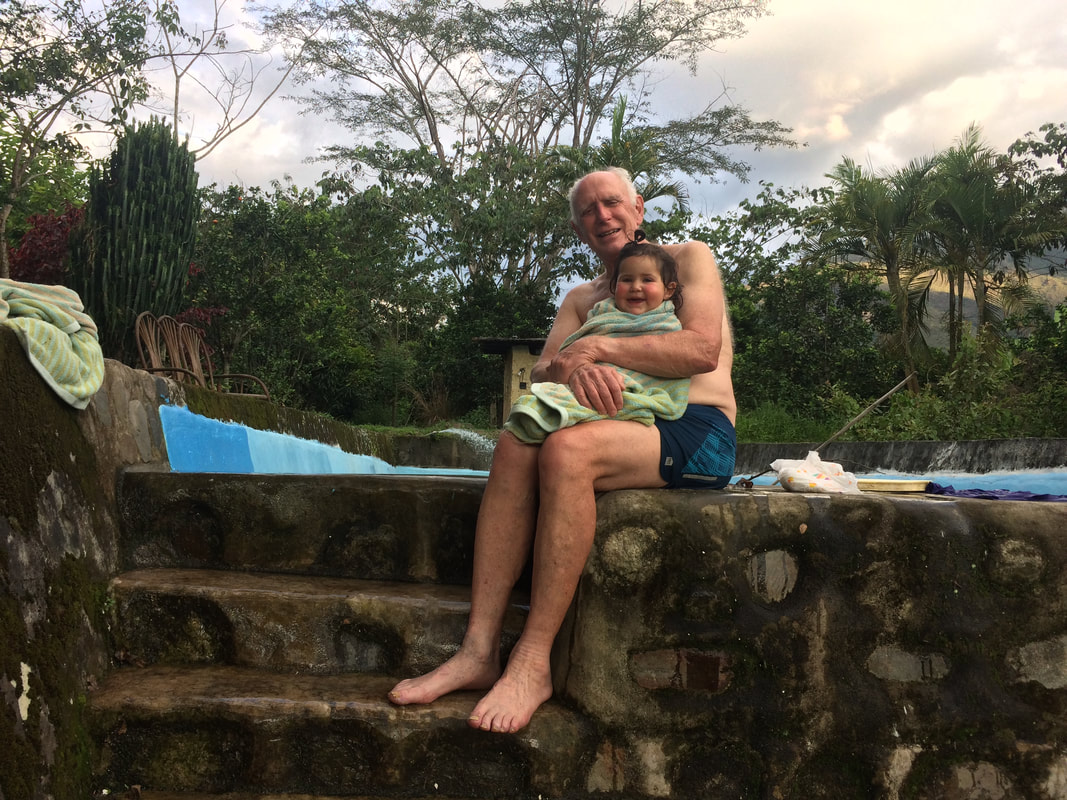
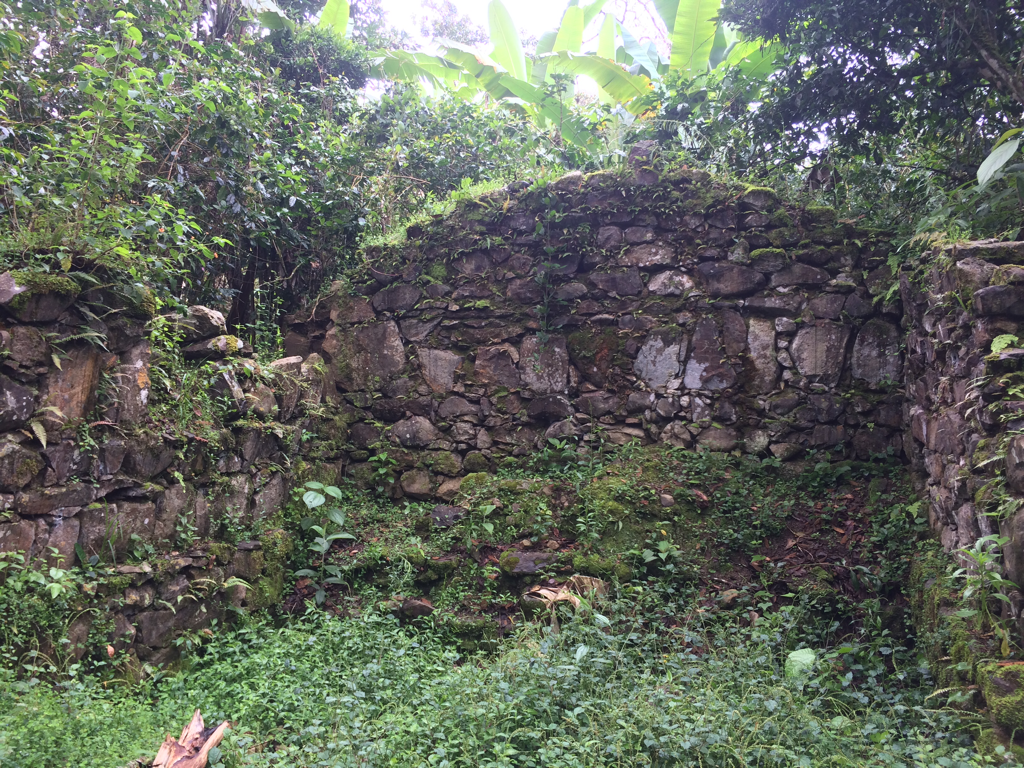
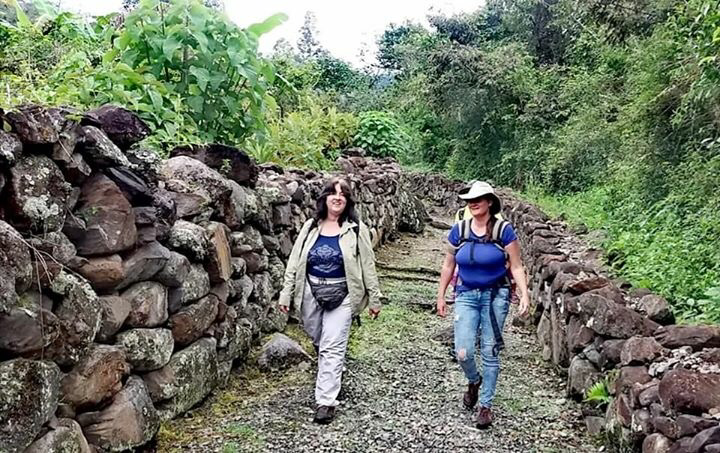
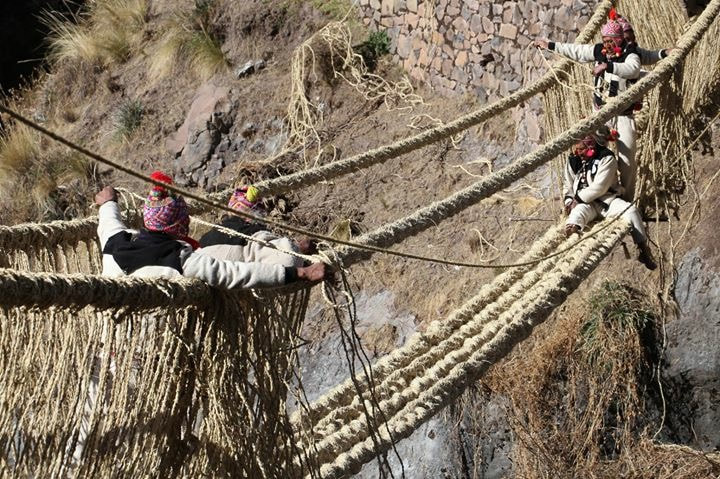
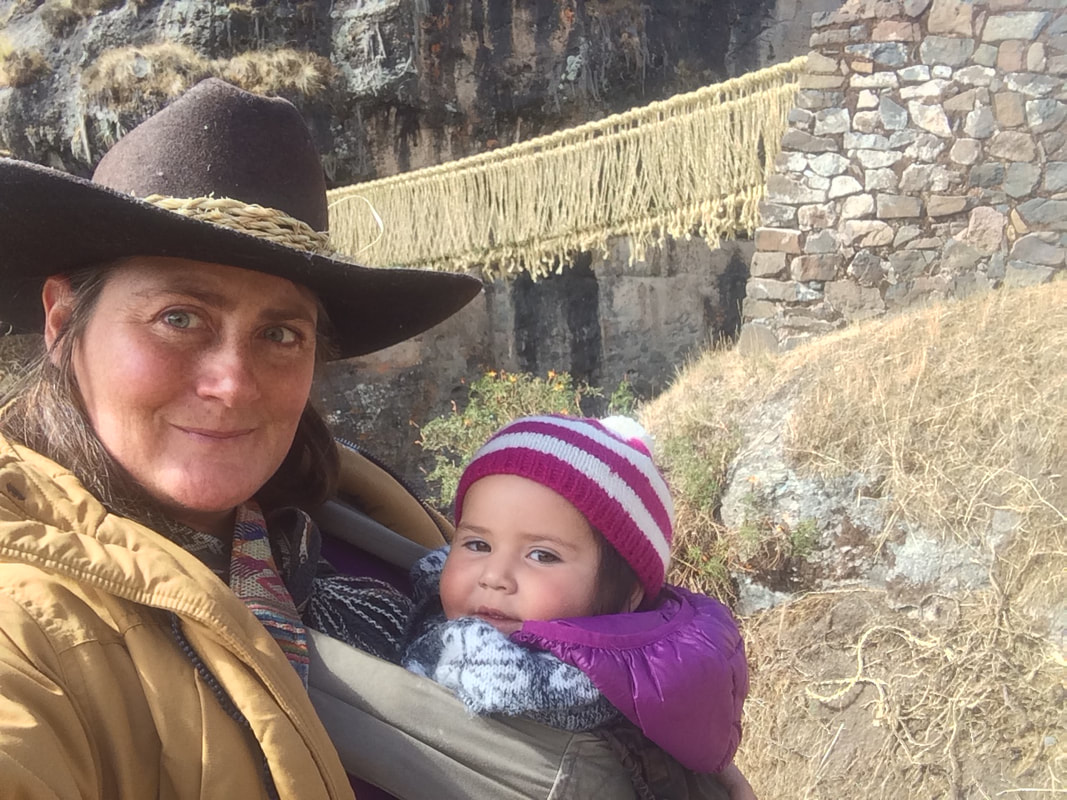
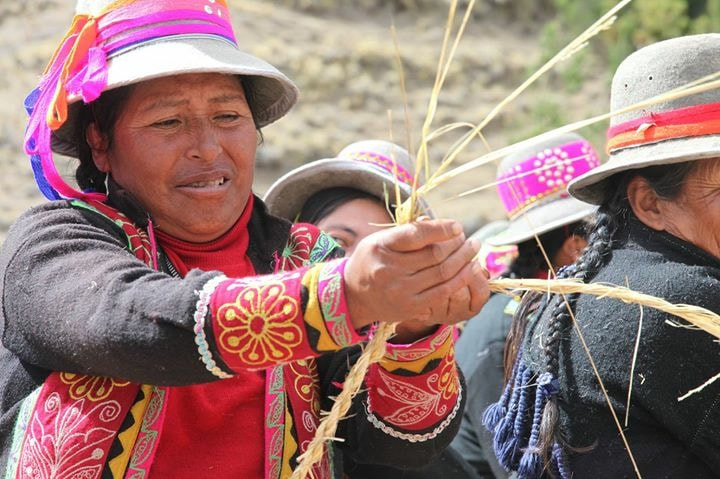
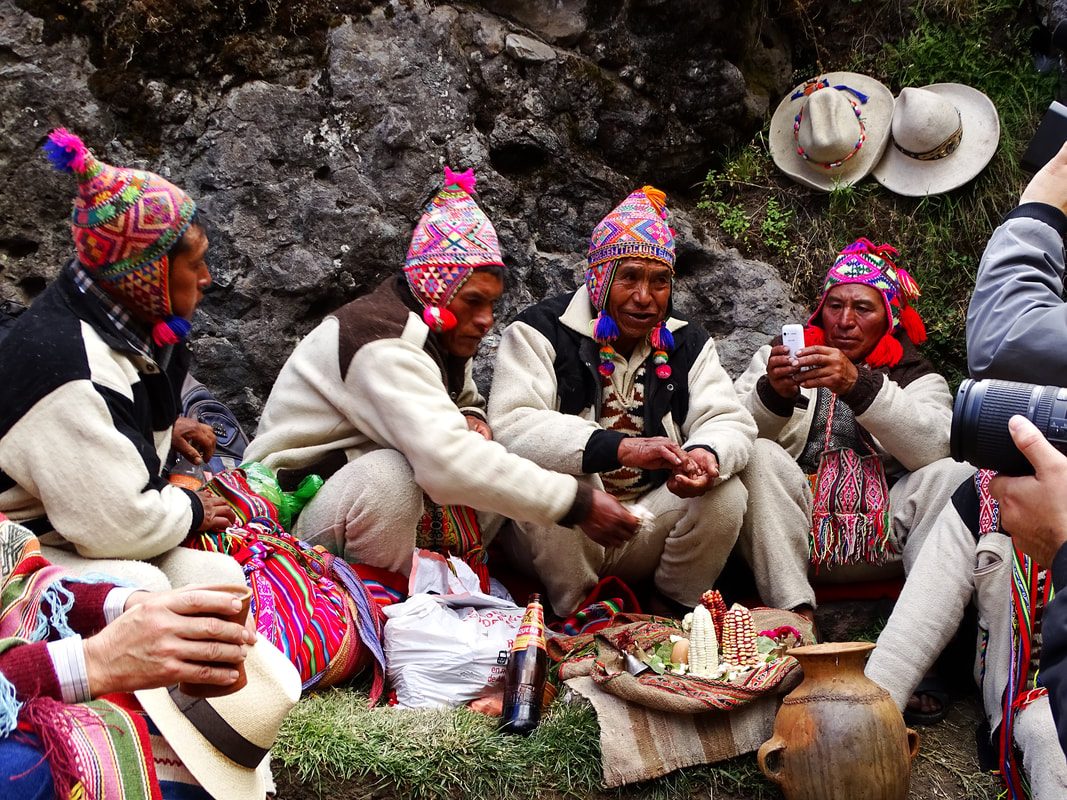
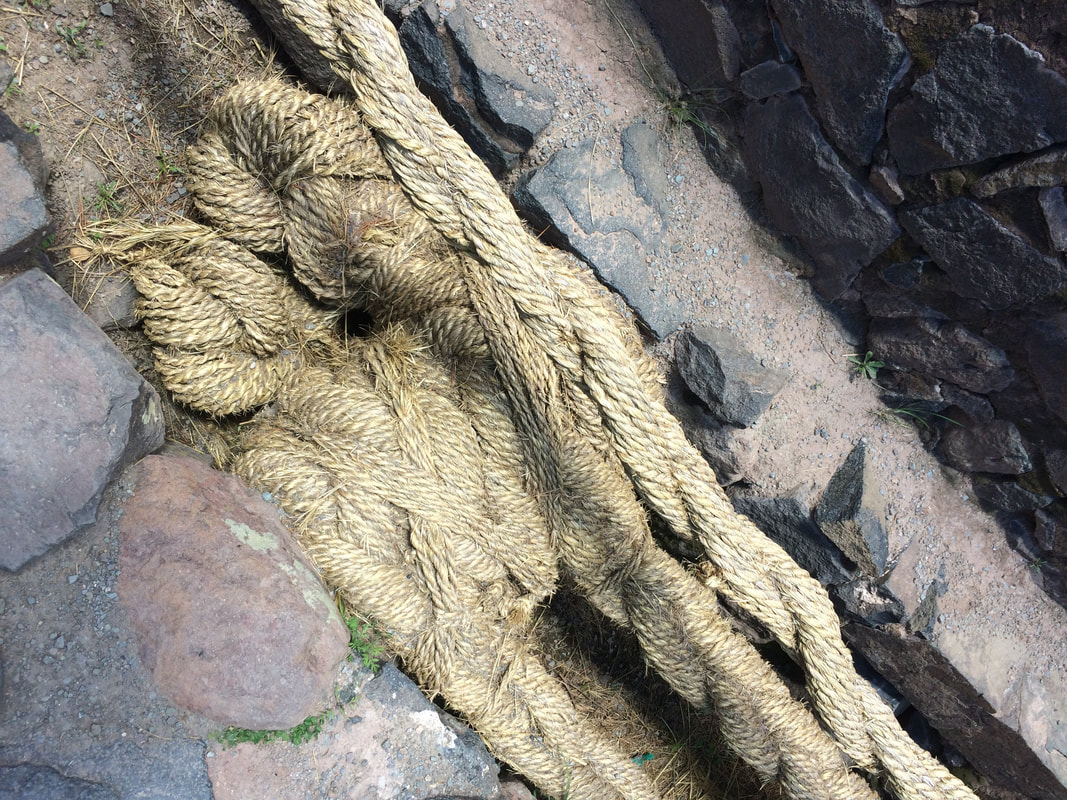
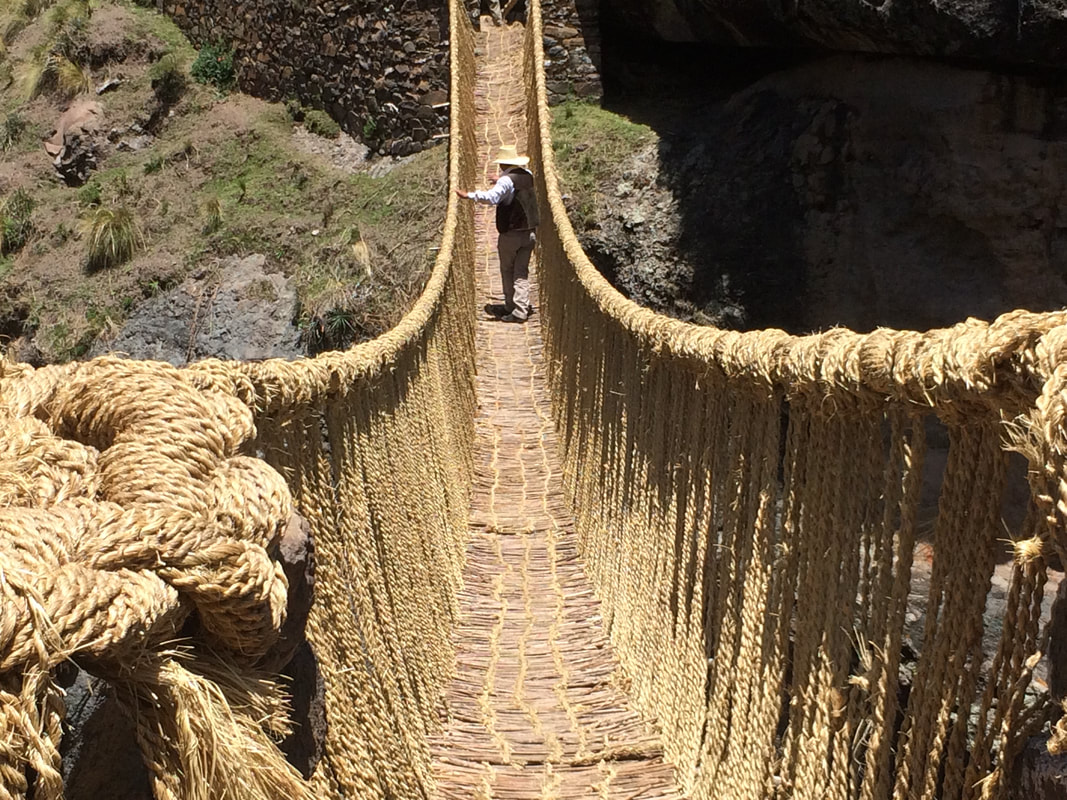
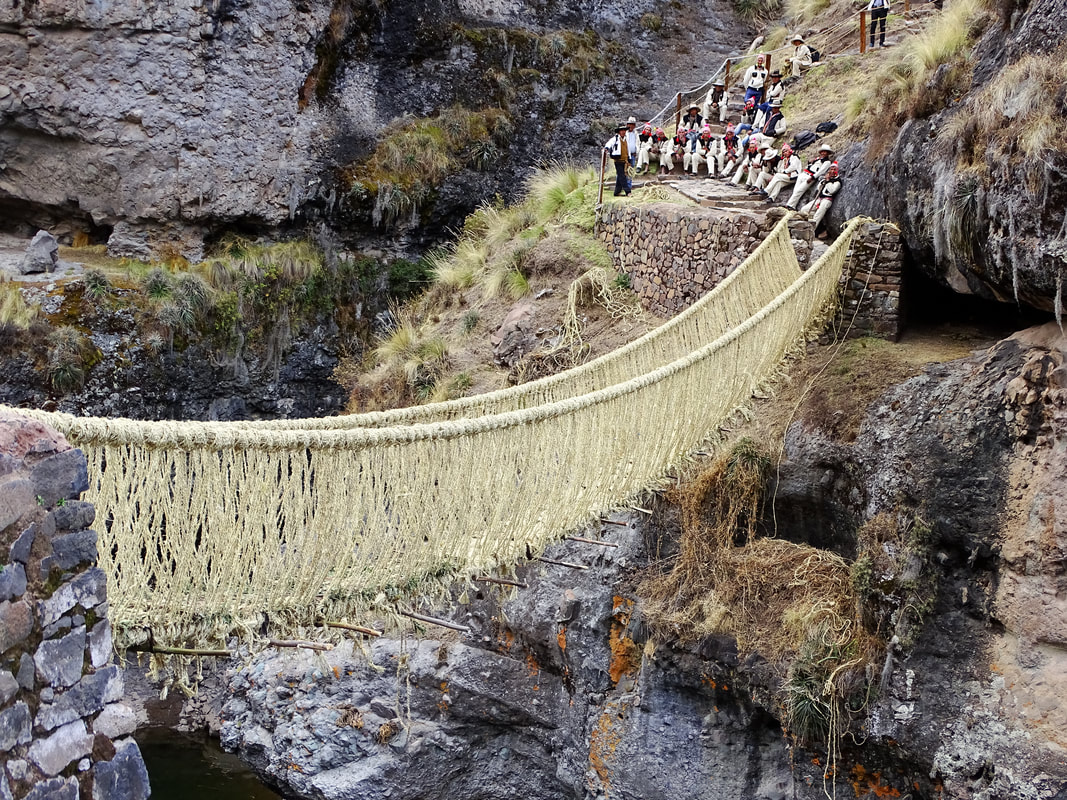
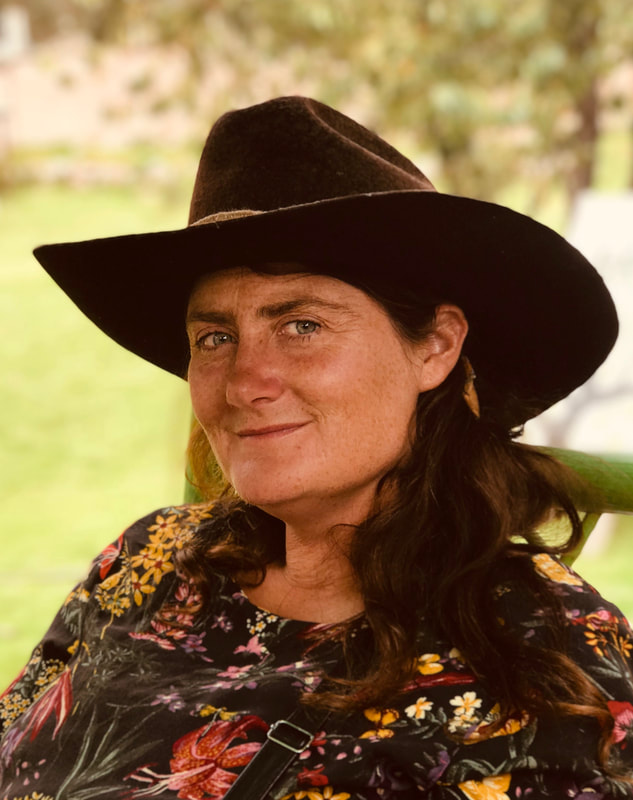
 RSS Feed
RSS Feed